KOVİD BULAŞMASINDA EN ÖNEMLİ ETKEN VİRÜS YÜKÜ

Dikkat: Yazının sonunda ek var!
***
Lancet‘ de yayınlanan “Transmission of COVID-19 in 282 clusters in Catalonia, Spain: a cohort study” isimli makalenin çarpıcı sonuçları:
Burun-boğaz sürüntülerinde virüs yükünün fazla olması bulaşma riskini artırıyordu ve diğer kapalı ortamlara göre en büyük risk evlerde idi.
Sürüntüde yüksek virüs yükü tespit edilen asemptomatik kişilerde semptomatik KOVİD gelişme riski yüksek idi ve temaslılarında kuluçka süresi düşük virüs yüküne göre daha kısa idi.
Virüs yükü ile bulaştırma arasındaki münasebet başka solunum yolları virüsleri için de tanımlanmıştır.
Öksürük ve bulaşma arasında bir münasebet bulunamadı. Bu, öksürük olmadığında özellikle viral yükün yüksek olması durumunda bulaşmanın engellenemeyeceğini göstermektedir.
Buna göre, bulaşmada belirtilerden ziyade virüs yükü önemlidir.
Temaslı kişiler tarafından bildirilen maske kullanımı, endeks vakanın yaşı, cinsiyeti veya solunum semptomlarının varlığı ile bulaşma riski arasında bir ilişki bulunmadı.
Virüsün bulaşmasında ne maske ne de öksürme / hapşırma fark yaratmadı.
Ana faktör, yüksek viral yüke sahip kişiler tarafından yayılan (ince) aerosol miktarıdır.
Virüs yükü yaşla birlikte giderek artar, bu sebeple çocukların bulaştırıcılığı azdır.
Kaynak: https://www.thelancet.com/journals/laninf/article/PIIS1473-3099(20)30985-3/fulltext
***
EK 1 (14.5.2021): Koronavirüs bulaşmasında en önemli etken iç mekân hava kalitesidir, ardından hasta bulaştırıcılığı gelir. Bunları tıbbi yüz maskesi kullanımı takip eder. Kızamık virüsü ve koronavirüs gibi patojenler diş hekimi muayenehanelerinde hava yoluyla bulaşabilir. Kaynak: https://journals.sagepub.com/doi/full/10.1177/0022034520940288
***
EK 2 (22.12.2021): Maske etkisizliği ve zararları üzerine 150’den fazla karşılaştırmalı çalışma ve makale var.
***
EK 3 (22.12.2021): “Bu çalışma, aşının bulaşmayı azaltma üzerindeki etkisinin minimum olduğunu vurgulamaktadır” Aşağıdakilere maruz kalan hane halkı arasında enfeksiyon riski:
– Aşılı vakalar: %25
– Aşılanmamış vakalar: %23
Kaynak: https://twitter.com/ID_ethics/status/1470900408839069696?s=20
***
EK 4 (17.11.2022): 121 ülkeden COVID-19 istatistikleri ve meteorolojik ölçümler, ev ortamı neminin (%40-60) virüs yayılımını önemli derecede düşürdüğünü gösteriyor…
Kaynak: https://royalsocietypublishing.org/doi/10.1098/rsif.2021.0865
Makale: Associations between indoor relative humidity and global COVID-19 outcomes
***
EK 5 (10.5.2023): Meğerse koronavirüsün belirti göstermeyenlerden bulaşması çok nadirmiş.
***
EK 6 (5.8.2023): Infectious particles can be shared through aerosols and droplets formed as the result of normal respiration. Whether Abs within the nasal/oral fluids can similarly be shared between hosts has not been investigated. The circumstances of the SARS-CoV-2 pandemic facilitated a unique opportunity to fully examine this provocative idea. The data we show from human nasal swabs provides evidence for the aerosol transfer of Abs between immune and nonimmune hosts.
The simplest interpretation of our results is that 1) aerosol transmission of Ab can occur and that 2) the propensity for this transfer is, unsurprisingly, directly related to the amount of nasal/oral Ab found within those in the population possessing immunity. We have yet to encounter an equally parsimonious interpretation, although admittedly this does not mean one does not exist. The concept of herd immunity is a central tenant of public health vaccination campaigns. Overt blockade of infection as well as a reduction in viral transmission downstream of a breakthrough infection are widely accepted conceptual mechanisms by which vaccination-induced immunity in specific individuals protects nonimmune community members. With this in mind, it stands to reason that aerosol transmission of Abs could also contribute to host protection and represent an entirely unrecognized mechanism by which passive immune protection may be communicated.
As cross-reactivity between seasonal coronavirus spike proteins and the RBD of SARS-CoV-2 has not been observed, we do not believe that our results have been unduly influenced by subjects’ prior exposure to seasonal coronavirus. Although there is some small degree of cross-reactivity between the S2 domains of SARS-CoV-2 and the OC43 seasonal strain (5, 6), this does not extend to the S1 domain or the more limited RBD. Were this to be true, it is arguable that the course of the pandemic would have been substantially altered for the better.
Unfortunately, the difficulty in recruiting participants from unvaccinated households in conjunction with the availability of the vaccines for children under the age of 5 y rendered continued sample acquisition unsustainable. As such, we were unable to determine whether the aerosol transfer of IgA might achieve statistical significance from increased sample evaluation, nor were we able to devise any assay suitable for determining the biological relevance of the observed aerosol transfer of IgG. However, whether Ab transfer mediates host protection will be a function of exposure, and it seems reasonable to suggest, all things being equal, that any amount of Ab transfer would prove useful to the recipient host. With the documented benefits of parental vaccination in reducing the risk of infection in the unvaccinated children in the same home (7), it is tempting to speculate that aerosol-mediated Ab transfer may have possibly contributed to the reported findings. It seems likely that nasal swabs originally collected for monitoring SARS-CoV-2 transmission in this study could be repurposed for examining SARS-CoV-2–specific IgG and IgA within the vaccinated adults as well as noninfected family members, potentially providing the statistical power necessary for validating the conclusions drawn in the current study.
Makale: Evidence for Aerosol Transfer of SARS-CoV-2–Specific Humoral Immunity
***
İlgili Diğer Yazılar:
- KASA ZERK EDİLEN AŞILAR KORONAVİRÜS BULAŞMASINI ÖNLEYEMEZ
- BURUN YOLUYLA VERİLEN AŞILAR AĞIR HASTALIK VE BULAŞMAYI ÖNLÜYOR, KALICI BAĞIŞIKLIK SAĞLIYOR
- BU ÇALIŞMANIN BÜYÜK BİR İSTATİSTİKİ KUSURU VAR
- KOVİD GEÇİRENLERİN YENİDEN KOVİD’ E YAKALANMA RİSKİ ÇOK DÜŞÜK, AĞIR TABLO İHTİMALİ DAHA DA DÜŞÜK
- KORONAVİRÜS HAVADAN DEĞİL YAKIN TEMASLA BULAŞIYOR
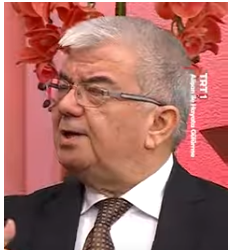








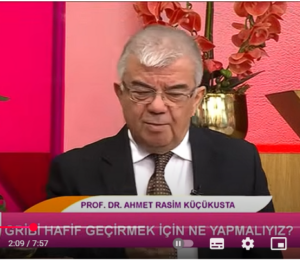
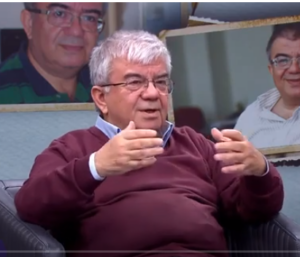
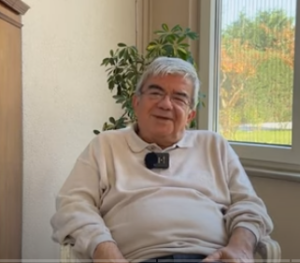
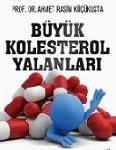
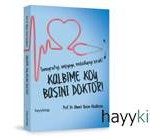
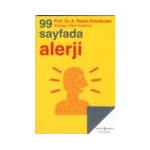
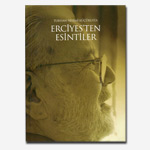

Virüsleri Bikarbonatlı gargara öldürür, maske öldürmez.
Habertürk iki gündür kemik suyu reklamı yapıyor. hah hah haaa.